Introduction:
In the depths of the sky law enforcement agencies are increasingly relying on drones to discreetly monitor and provide security. As these unmanned aerial devices become more common it becomes important for individuals to decipher the secrets of the heavens.
This article titled “How to Spot a Police Drone at Night” sheds light on the skills and tools to identify police drones during hours.
Whether you’re interested in recognizing cues, distinct sounds or advanced technologies used by these protectors our concise guide equips you with the knowledge to perceive and comprehend their activities in the dim realms of night.
Let’s embark, on a journey to interpret the language of the night sky and empower ourselves with heightened awareness by spotting police drones in our surroundings.
Understanding Police Drones at Night
What Does a Police Drone Look Like at Night? | How to Spot a Police Drone at Night
Under cover of darkness, spotting a police drone isn’t easy .There are tell-tale signs. Lighting up police drones.
Their different lighting samples often have a meaning. Red, blue or white color may serve special functions. To see them in the night sky, it is important to understand these light configurations.
Also, police drones differ in size and shape from civilian ones. Likewise, police drones may be designed in a sleek and compact manner so that they can sneak about quietly unobserved.
Familiarizing yourself with these visual characteristics makes it easier for you to tell a police drone from other flying objects.
So What Does a Drone Look Like in the Night?
Drones used by police are special, but all drones have similar visual characteristics when viewed at night. As for the blinking lights, placed at lateral points of the drone, they are meant to make it more visible. The lights on the drone are not only for navigation, but also to indicate its status and orientation.
Knowing the basics of a drone’s appearance at night provides just that necessary foundation for distinguishing them accurately. Whether civilian or law enforcement, drones usually contrast from the stars in black against the night sky. As with any aircraft identification problem, recognition of their commonalities is necessary for proper identification.
Characteristics of Police Drones vs. Regular Drones
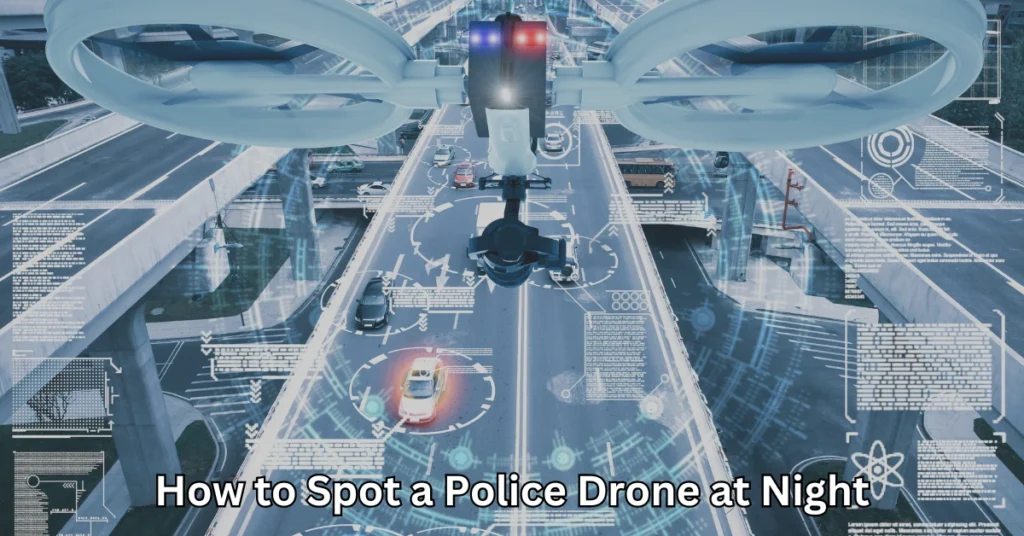
It is absolutely necessary to distinguish police drones from everyday civilian ones. Both are similar, with their whirling lights and buzz of electrical noise. But police drones may have unique characteristics too.
Such features can include advanced surveillance equipment, new lighting arrangements, or even a more planned and systematic flight path.
An understanding of these differences lets you make informed judgments, so that you can tell the difference between recreational drones and those used by police.
When we get down to the nitty-gritty details, you’ll have a better feel for what makes police drones unique in this bizarre tapestry that is outer space.
What color lights do police drones have at night?
And the color of lights on a police drone also has its use value, providing us with some hints about current mode or state. For example, red lights could be a indicator of the drone’s direction of travel–forward–while blue or white might represent its status.
Knowing the significance of these color codes helps you to understand what a police drone is really doing, and provides an insightful overlay on its mission.
From solving the mystery of police drone lighting, you’ll learn exhaustively just how much colors are a silent language in nocturne world that will make it possible for you to see them and read their signals.
Sensing the Presence of Police Drones
How to Spot a Police Drone at Night
An observant eye and a little background knowledge is needed to recognize one of these police drones among the darkness. If you focus on points, then your ability to perceive these silent aerial sentinels will be enhanced.
5 Best Ways to Spot a Drone at Night
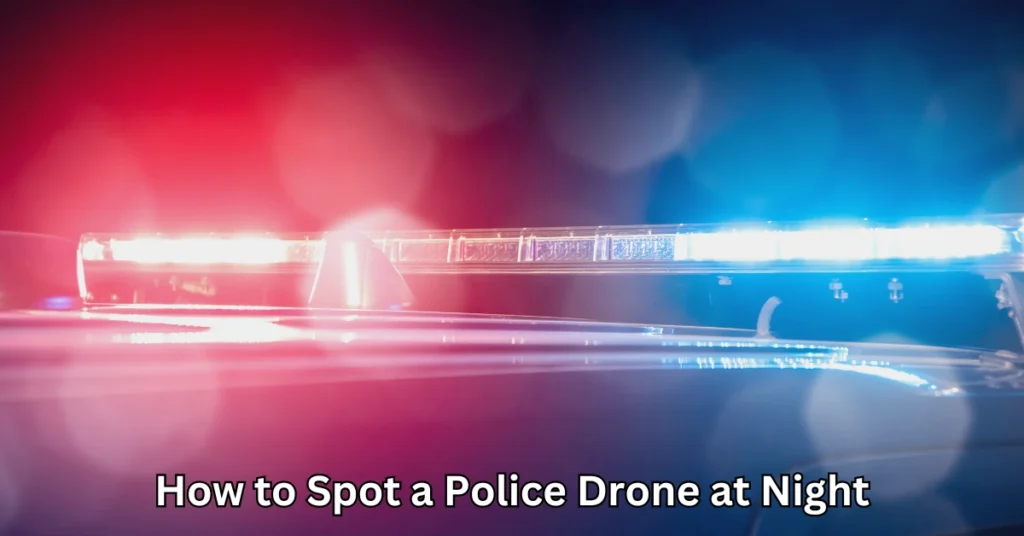
Tune In to the Sounds of the Night:
Police drones emit a distinct hum or buzzing sound. Train your ears to recognize these subtle yet characteristic noises against the backdrop of the night. By attuning yourself to these sounds, you gain an auditory advantage in identifying the presence of a police drone.
Lights, Camera, Action!:
Pay attention to the lighting patterns of the night sky. The unique configurations of police drone lights, as discussed earlier, can serve as a visual giveaway. Learning to interpret these light displays will significantly aid in distinguishing a police drone from other nocturnal objects.
Tech to the Rescue: Drone Detectors:
Explore the use of specialized drone detectors. These devices leverage radio frequency (RF) signals to identify nearby drones, offering an additional layer of confirmation. Integrating technology into your observational toolkit enhances the precision of your drone-spotting skills.
There’s an App for That!:
Smartphone apps designed for drone detection can be valuable allies in your quest to spot police drones. These apps often use your device’s sensors to pick up on drone signals and provide real-time information on their whereabouts.
Stay connected to the evolving landscape of drone detection technology through these accessible applications.
Feeling the Heat with Infrared:
IR technology is a powerful means of finding the heat signatures given off by drones. Drones used by police are outfitted with cameras that detect heat. The patterns the drones produce differ from those of the environment around them. Knowing how to read these thermal signatures adds another layer to your skills in spotting police drones, even when visibility is low.
What Do Surveillance Drones Look Like at Night?
Understanding the visual characteristics of surveillance drones is essential for a comprehensive grasp of nocturnal drone spotting. Surveillance drones often exhibit specific features that set them apart, making them distinguishable even in the vast expanse of the night sky.
Light Patterns & Movements:
Surveillance drones may display unique light patterns associated with their operational modes. Identifying these patterns can provide valuable clues about their purpose and mission. Additionally, pay attention to their movements – surveillance drones often follow deliberate and methodical flight paths, unlike the more random trajectories of recreational drones.
Special Equipment Onboard:
Surveillance drones are equipped with specialized cameras and sensors. These devices contribute to their distinct appearance at night. Learning to recognize the presence of additional equipment on a drone enhances your ability to identify it as a surveillance unit engaged in monitoring activities.
By combining these strategies and delving into the nuances of surveillance drone characteristics, you’ll be better equipped to spot police drones and interpret their actions during the night. The synergy of auditory, visual, and technological approaches forms a robust framework for heightened situational awareness.
Advanced Technologies for Nighttime Drone Operations
Advanced Drone Technologies for Nighttime Operations
As technology continues to evolve, so do the capabilities of police drones, especially during nighttime operations. Understanding the advanced technologies employed by these nocturnal guardians is essential for staying ahead in the game of identification.
Low-light Cameras: The Night Owls of the Drone World
Low-light cameras are one of the pillars of police drone technology for nighttime tracking. These special-purpose cameras are especially good at taking clear pictures under dim light.
These cameras are frequently equipped with infrared sensors, allowing police to conduct surreptitious monitoring even without a trace of light. Understanding how low-light cameras work gives us a sense of police drones ‘visual ability during nighttime operations.
Night-vision Technology: Seeing the Unseen
In the world of nocturnal surveillance night-vision technology is a game changer. Also, police drones equipped with night-vision cameras can see in the dark by detecting ambient infrared radiation.
This technology enhances their ability to navigate and take pictures during a reconnaissance mission. But revealing the inner workings of night-vision technology discloses how police drones can see as soon as it gets dark.
Cameras Mimicking Human Night Vision:
The drone’s progress is cameras similar to human night vision. These cameras don’t simply add higher-than-ordinary night capability; they actually mimic the way in which a human eye would see low light environments.
Comprehending the details of these state-of-the-art cameras offers insight into the future direction of police drone operations and their impact on nighttime surveillance.
In searching into these advanced technologies, you see how much police drones can do in the night. Knowing the instruments they use gives you a better ability to adapt your alert methods when it comes time for detection in nighttime activities.
More and more technologically advanced, the world of nocturnal surveillance is one which you cannot ignore if vigilantly doing your job.
Night Owls and Drones – A Guide to Locating Them
As we conclude our exploration into the nocturnal world of police drones, it becomes clear that awareness and understanding are our most potent tools.
The skies are no longer solely the domain of celestial bodies; they are shared with the silent wings of technological marvels. Here’s a recap of the key insights to empower you in spotting police drones at night.
Visual Characteristics Matter:
Understanding the visual cues, such as lighting patterns and unique shapes, sets the foundation for accurate identification. Recognizing the distinctions between police drones and regular civilian models enhances your observational prowess.
The Symphony of Sounds:
The audible hum or buzzing sound emitted by drones, especially in the quiet of the night, is a key indicator of their presence. Tuning your ears to these sounds contributes significantly to spotting drones during nocturnal activities.
Technological Allies:
Embrace technology as your ally. Drone detectors, specialized apps, and infrared technology provide additional layers of detection, making your efforts more efficient and precise.
Advanced Night Vision:
Acknowledge the advanced technologies at play. Low-light cameras, night-vision capabilities, and cameras mimicking human vision showcase the sophistication of police drone operations during nighttime surveillance.
Stay Informed with FAQs:
Equip yourself with answers to common questions regarding spotting drones at night. Whether it’s understanding how drones see in the dark or utilizing drone detector apps, staying informed enhances your ability to navigate the nighttime skies.
In a world where the boundaries between day and night are blurred by technological advancements, our ability to adapt and stay vigilant becomes paramount. This guide empowers you to decode the language of the night sky, transforming you into a discerning observer of both natural and technological phenomena.
As night owls and drones coexist in the dark canvas above, may your newfound knowledge guide you through the intricacies of spotting police drones, ensuring a heightened awareness of your surroundings in the enigmatic realm of the night.
FAQ on Spotting a Drone at Night
Navigating the nighttime skies in search of police drones demands not only practical knowledge but also answers to common questions that arise when dealing with this evolving technology. Here, we address frequently asked questions, providing clarity on key aspects of spotting drones at night.
Q: How can I detect a drone in the night sky?
Answer: Detecting a drone at night involves a combination of visual and auditory cues. Look for blinking lights, unique flight patterns, and listen for the distinctive hum or buzzing sound that drones emit. Additionally, technology like drone detectors and specialized apps can enhance your detection capabilities.
Q: What makes drones see at night? Do they have night vision?
Answer: Indeed certain drones come equipped with night vision capabilities. They incorporate low light cameras, infrared sensors and even cameras that emulate human night vision. These advanced technologies allow drones to efficiently function in situations, with lighting or utter darkness.
Q: I’ve heard about drone detector apps. How do they help in detection?
Answer: Smartphone apps designed to detect drones utilize the sensors in your device to detect radio frequency signals emitted by drones. These apps offer, up to date information, on drones helping with their identification and tracking.
Q: Are there specific detectors for spotting drones in the night sky?
Answer: Indeed there are detectors specifically designed for spotting drones, in low light settings. These sophisticated devices utilize a blend of radio frequency sensors to effectively detect and identify drones thus serving as tools, for surveillance during nighttime operations.
Q: How can I tell if a police drone is nearby?
Answer: Look for specific visual cues such as the color and pattern of lights, distinctive flight behavior, and the sound of the drone. Police drones may exhibit more purposeful movements and unique lighting configurations compared to civilian drones.
Q: What should I be aware of if I suspect a drone is spying on me at night?
Answer: If you have a suspicion that a drone is observing you it’s best to ensure your privacy by remaining indoors or relocating to a quieter and secluded location. If feasible make an effort to document the drones presence and report it to the authorities if you believe your privacy is being infringed upon.
Q: Can I hear a drone even at night?
Answer: Yes, drones emit a distinct hum or buzzing sound that is often audible, especially in quiet nighttime environments. Learning to recognize this sound can enhance your ability to detect drones.
Q: How do drones operate with wildlife at night?
Answer: Drones can impact wildlife, especially during nighttime operations. The noise and presence of drones may disturb animals. Authorities often regulate drone usage near wildlife areas to minimize disruption.
These frequently asked questions provide a comprehensive understanding of the challenges and solutions associated with spotting drones at night. Armed with this knowledge, you can navigate the night sky with confidence and awareness.
Conclusion:
In the ever-evolving landscape of nocturnal surveillance, our journey to decipher the secrets of the night sky and spot police drones draws to a close. Armed with insights into visual characteristics, auditory signals, and advanced technologies, you now possess the tools to navigate the nighttime heavens with confidence.
The blend of observational skills, technological allies, and an understanding of drone operations at night equips you to be a discerning guardian of your surroundings. As we bid farewell to this guide, remember that the night sky, once shrouded in mystery, is now a canvas where awareness and knowledge illuminate the path forward.
May your newfound expertise empower you in the ongoing dance between night owls and drones, ensuring a vigilant watch over the realms of darkness.

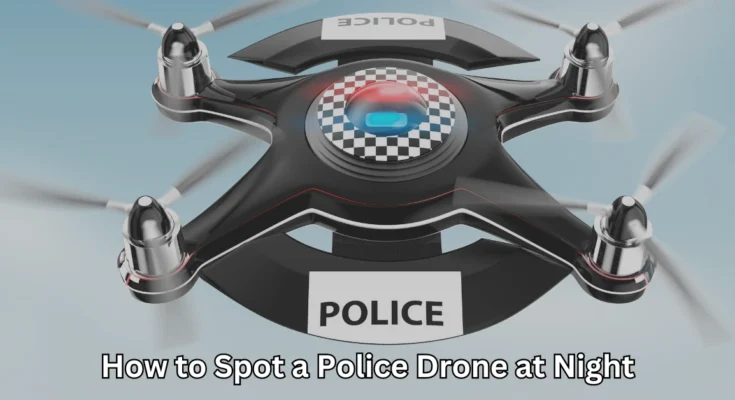
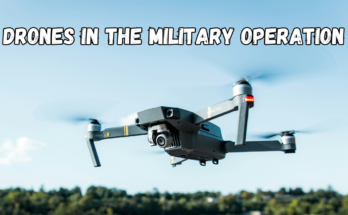
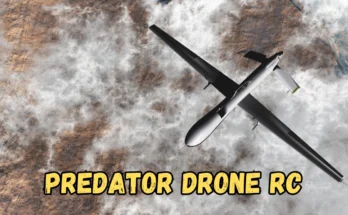

One Comment on “How to Spot a Police Drone at Night | Top Unveiled the Night Sky”